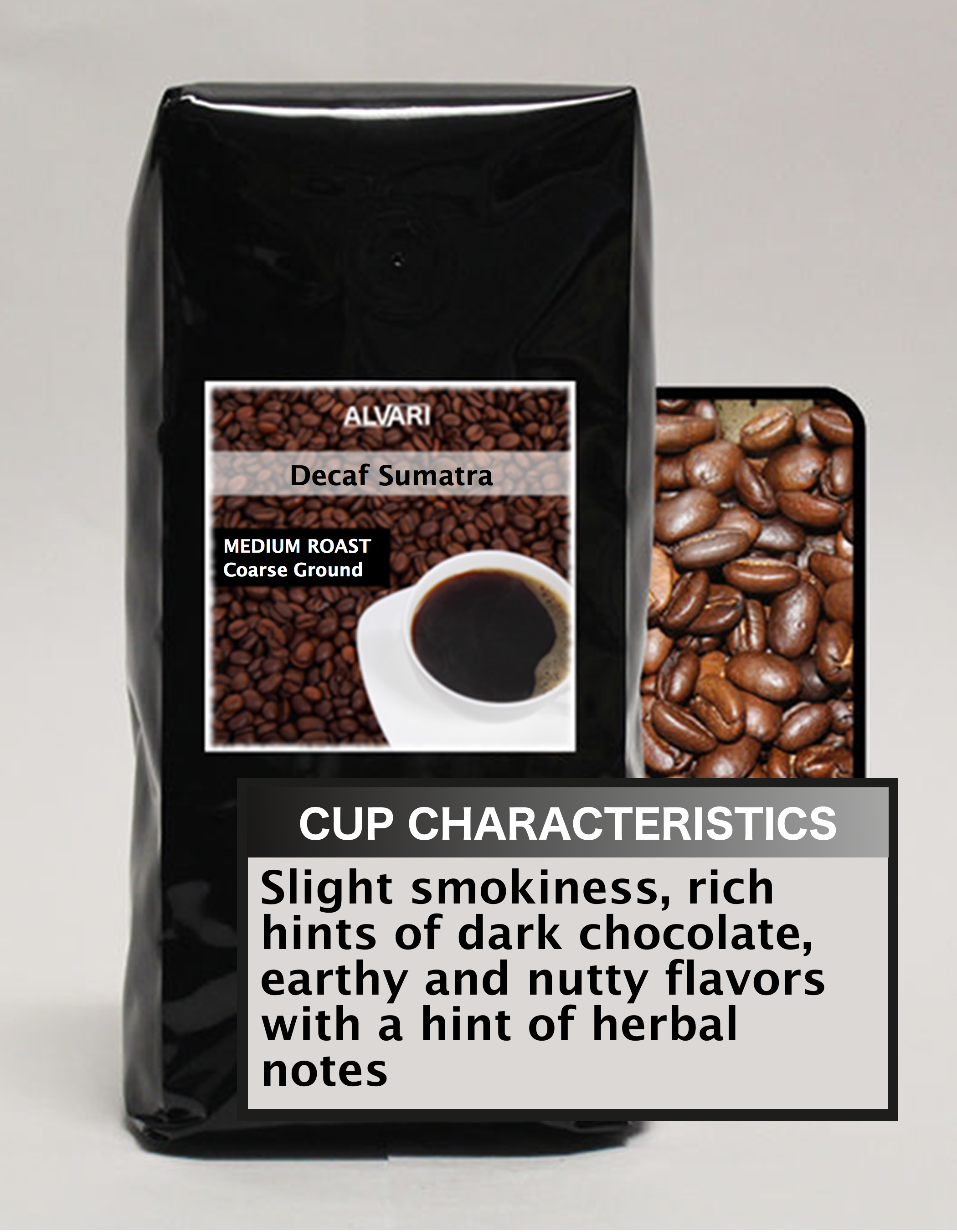

This roast profile also adds a greater level of richness to the beans.Īt Coffee Direct, we are proud to sell two of the world’s best Sumatra coffees. This roast type enhances the coffee’s unique characteristics and counteracts the high variance that’s caused by a multi-stage processing method and wet-hulling machines. When it comes to roasting Sumatra coffees, green coffee beans tend to end up as a dark roast.

During the process, the wet-hulling machine helps ferment the coffee beans, contributing to their signature, earthy flavour. This machine-led process of wet-hulling involves friction-like movements that remove the coffee beans from their protective coating (known as the parchment). Beans are then “wet-hulled” to complete the drying process. However, due to Sumatra’s frequent rainfall, coffee seeds are left to dry until they’re at around 50% moisture content. Typically in the green coffee belt, when coffee seeds are removed from the cherry, they’re left to dry until there’s 11% moisture content. Unlike other coffee varieties, coffee from this region has its own processing method called ‘Giling Basah’. This coffee-growing region is blessed by tropical weather and a hot and humid climate that create perfect coffee-growing conditions. The Sunda Islands also include Borneo and Sulawesi, and the area is known as the ‘green coffee belt’. Want to learn more about Blue Sumatra Coffee? Read our article - Bold and Beautiful Blue Sumatra Coffee.Sumatra coffees come from Indonesia’s paradisiacal Sunda island of Sumatra, the largest Indonesian island in the Malay Archipelago. Based on the characteristics of this variety, you might like to try guatemala elephant coffee beans. Check out our full range of Asian coffee. Our Blue Sumatra is smooth and aromatic, with a well balanced spiciness that is typical of Sumatran coffees, while a full body and a little acidity provides a delightful hint of intensity, making this a pleasure to drink from a cafetiere, filter, or as an espresso. In fact, depending on the region, Indonesian coffees are known to be imbued with flavours of cocoa, smoke, cedar wood, earth and tobacco, and there are varieties of both arabica and robusta beans produced in great quantities. Indonesia itself is the fourth largest coffee producer in the world, and the longitude and latitude of the country make for particularly well suited micro-climates in producing a diverse, flavoursome variety of beans. This strong Indonesian coffee comes from Sumatra, the second largest of the Indonesian islands, and is considered among the finest examples from the region.


 0 kommentar(er)
0 kommentar(er)
